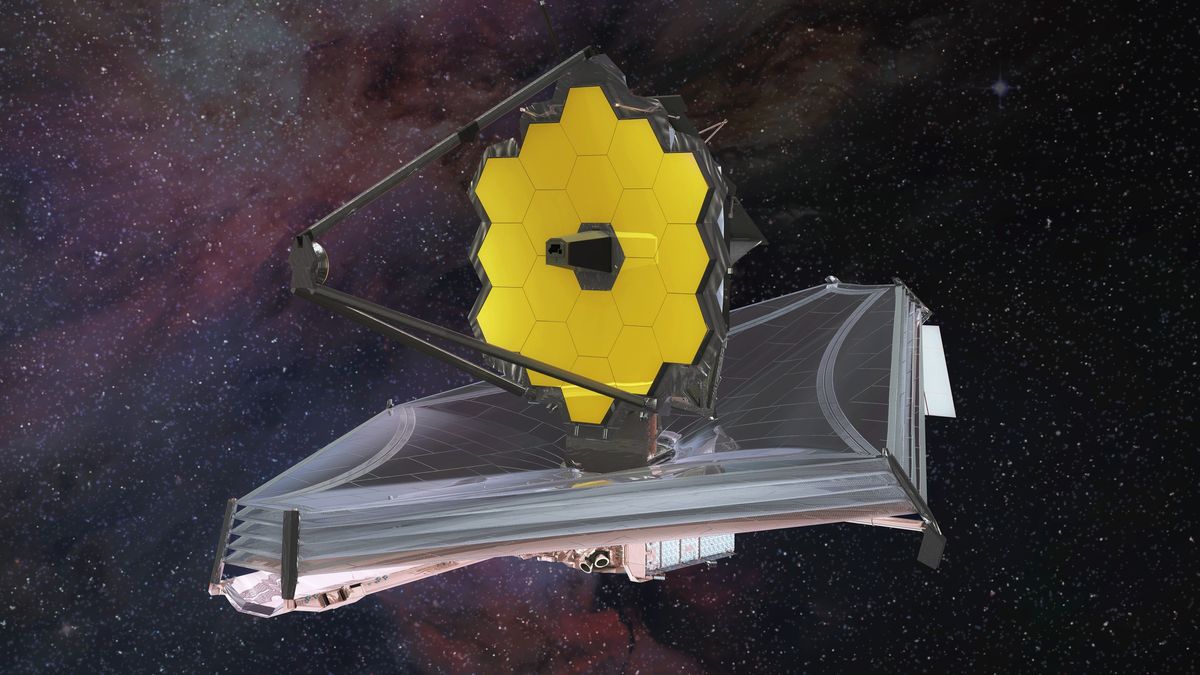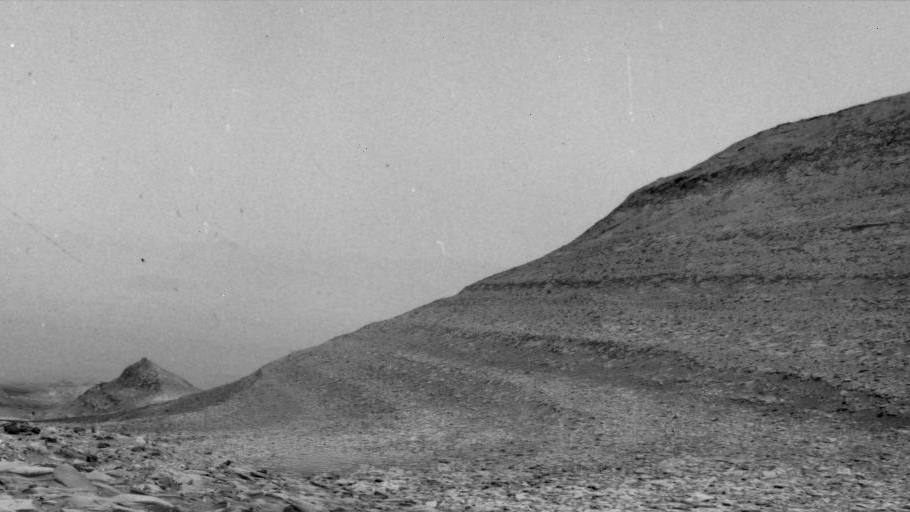Exploring the Possibility of Walking Around Mars
Humans have long held a profound interest in the mysteries of Mars, with NASA aiming to send astronauts to the Red Planet in the near future. The question arises: could an astronaut feasibly walk around the entire surface of Mars, considering its lack of oceans or large bodies of water?
Calculating the Distance
Intriguingly, if an astronaut were to walk along Mars’ equator, they would cover approximately 13,300 miles (21,400 kilometers) to complete a full circumnavigation. Opting for a route through the poles would reduce the distance by 100 miles (160 km), yet the severe cold would present a significant challenge. The walking speed on Mars, estimated at 3.1 mph (5 km/h), mirrors that of Earth’s average walking pace.
Determining the Duration
If one were to walk continuously at this speed, simple division of the distance by the velocity reveals that it would take about 4,290 hours to complete the journey. Considering a Martian day spans 24.7 hours, walking around Mars would demand roughly 174 sols, equivalent to over a quarter of a Martian year, which comprises 668.6 sols.
Realistic Challenges
However, in reality, numerous factors must be considered beyond just walking speed and distance. Practical constraints such as the necessity for sleep, breaks for eating and resting, and navigating rough terrain would extend the journey to at least 265 sols, approximately 40% of a Martian year. Mars’ varied topography, including mountains, valleys, and craters, would pose additional obstacles.
Logistical Implications
While the notion of walking around Mars remains a distant aspiration, the prospect of sending astronauts to the planet offers unique advantages compared to relying solely on rovers. The human ability to adapt and problem-solve in real-time presents a compelling argument for manned missions, despite the considerable challenges involved in sustaining life on Mars.
Image/Photo credit: source url





